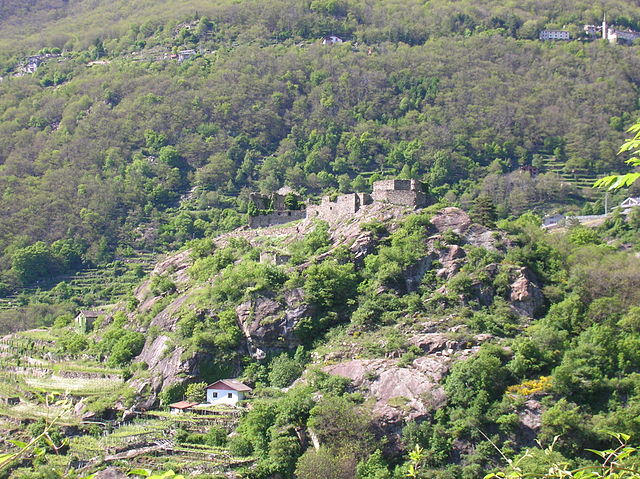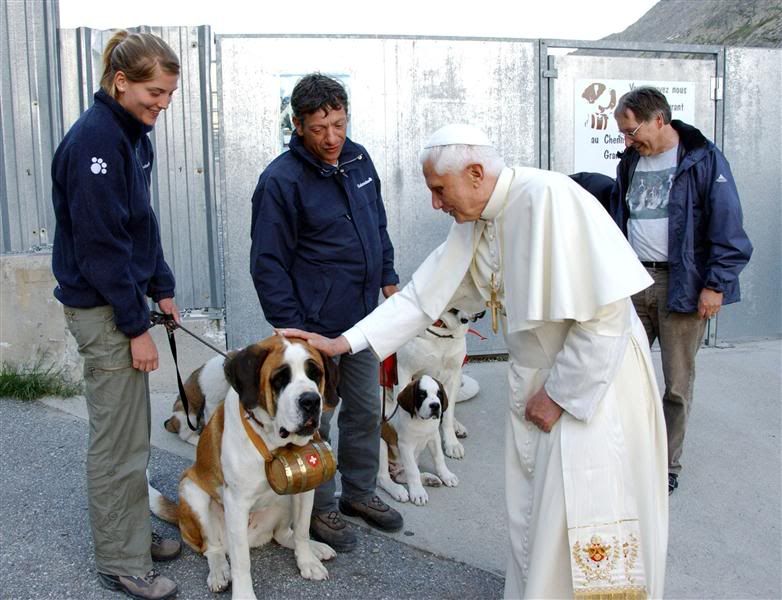The first two stages of the race take place around the town of Morillon, which is nestled in the Haute Savoie region of France. There is historical connection with the Aosta Valley and the Savoie region as the Aosta Valley was under the reign of the Duchy of Savoy and then the First French Empire but joined the Kingdom of Italy in 1861. The Aosta Valley was and still is a tri-lingual place with over 50% of the population knowing Italian, French and Valdotian, which is a dialect of the Arpitan language that is pretty exclusive to the Alps region. The Aosta Valley was put under a forced Italianization program by Mussolini with outside Italians moving into the region, which saw many of the native Valdostans emigrate to France and Switzerland. The Aosta Valley now has semi-autonomous status inside Italy meaning that they get more freedom in terms of governance but must finance school systems, health care and most public infrastructure on their own. While they are the smallest and least populated region of Italy, they have a big tourism sector that doesn't have them hurting for money.
Anyways...back to the race.
The first two stages take place in Haute Savoie and this is primarily because of a financial dependency rather than any historical significance. The race was perilously close to kicking the bucket a few years ago but was saved when their partnered with the Haute Savoie community, specifically the cities of Châtel and Morillon.
The Prologue is an uphill time trial that is identical to the final time trial from last year's race, which was won by Ildar Arslanov. Starting in Morillon, the race goes straight uphill for 367 meters over a 5.4 kilometer course, which makes for an average gradient of nearly 7% and a max of over 11%.
Stage 1
The stage will start in Morillon and consist of two loops. The first loop will see the peloton have a fairly easy start before tackling the category 2 climb at La Frasse, which is 8 kilometers in length and features a hard first bit with a max gradient of 13% before leveling off to see an average of around 5.5%. The peloton will descend back into Morillon to tackle the climb to Les Esserts but the official climb summits at Pont de Nantafon, which is 200 meters above the Les Esserts point. The race descends back into Morillon and the racers will get a lull before the long but fairly steady Col de Pleine Joux. Once the race descends this, they will only get a brief respite before heading up the Col de la Ramaz, which averages nearly 7.5% with a max gradient of 13.5%. Hows that sound for an opening stage?
After the summit of the Ramaz, the race plunges back down into the valley but once back into Morillon, the race must once again go up to Les Esserts, which would be the 3rd time in two days. Last year, Dylan Teuns attacked in the final kilometer to take a stage win after following nearly an identical route for the 2nd half of the stage.
Stage 2 Courmayeur to Pont-Saint-Martin
Stage 2 will finally touch back onto Italian soil with the race kicking off from Courmayeur, which sits at the foot of Mont Blanc. The first 50 kilometers are relatively tame, minus one climb, but the beast of the stage is the climb to Clemensod, which follows the Saint-Barthélemy valley. The climb is 18 kilometers and can get steep in parts with a max of 13% but it flattens out for portions and only averages 5.5% for the entire climb.
 |
| Ruins at Pont Saint-Martin |
With no relief being in order for the 152 kilometer day, once the race is off the Clemensod climb, they turn right back around and summit the short but leg-zapping Verrayes climb. The last true difficulty will be the Col d'Arlaz, which climbs for 7.3 kilometers and the hardest part happening in the middle before leveling off at the top. The short bump at Perloz might benefit an attacking rider down on GC or just shed a few more before a small group sprint into the finish town of Pont Saint-Martin, which has some castle ruins.
Stage 3 Gressan to Valtournenche (Breuil Cervinia)
Starting from Gressan, the race includes 4 climbs and summits at 2004 meters after climbing for 25 kilometers on Breuil Cervinia.
It is weird to say that the Les Fleurs climb, which is 11.5 kilometers and averages 7% gradient, is probably the easiest climb on tap for the riders because it is still early and most will be saving their powder for the next climb. The Col Tze Core is quite the rural and brutal climb that was last used in this race in 2013 but was used as an early climb. At a distance of 16 kilometers, the Tze Core averages 7.6% and hits a gradient of over 15% at one point. Head to Cycling Challenge for Will's take on the climb.
After the descent back down to the valley into Chatillon, the race finishes with 25 kilometers of uphill to the summit. This finish was used last year on stage 1 where Manuele Senni took the win but it didn't include the entire climb and didn't have as brutal of run-up as this stage.
After over 4000 meters of climbing on the stage, the GC winner will most likely be decided on this stage or at the very least, put enough time in to make themselves the favorite.
Stage 4 Pollein to Saint Christophe
After a huge mountains stage, what is the next logical thought for a stage? You are right. An annoying stage with 8 classified climbs and an unclassified uphill run-up to the finish at Saint-Christophe. Looking at a map, the start and finish are just a couple kilometers aware from one another and the stage runs along a valley and makes some deviations to hit the climbs.
For the 3rd time in the race, the Col d'Introd will be used. The course doesn't go more than 20 kilometers, give or take, between climbs. This could be a day for a breakaway to take a win but for attentive GC riders, they will be able to strike on the final run-up to the finish as it is pretty steep and could catch some people out.
Stage 5 Pre Saint Didier to Col du Grand Saint Bernard
This is the granddaddy of them all. In what looks to be the best Giro della Valle d'Aosta in a few years, the race is finishing with a short but brutal stage with two climbs that 32 kilometers in length over a course that is just 86 kilometers. It is mainly flat to downhill for the first 15 kilometers before heading uphill on a stair step climb to Verrogne, which nearly 15 kilometers with an average of just 5.5% but a maximum gradient of over 15%.
 |
| Grand St. Bernard summit with the famous Hospice towards the rear (Wikipedia) |
A stair step descent is a brief respite as the race has just a couple of kilometers of flat racing before it begins to go up hill for the final 33 kilometers. The first part of the Colle del Gran San Bernardo is fairly steady and the climb levels off but kicks back up for 17 kilometers of steady climbing up to the finish at nearly 2500 meters. Will from Cycling Challenge has you covered on this climb as well too.
A brutal way to end off a tough race but they really should give the winner of this stage a St. Bernard puppy. The pups date back to the beginning of the 18th century from the Hospice St. Bernard that sits at the summit of the climb and were bred their as well.
 |
| Yes, you may pet me your Pope-ness (Wikipedia) |

No comments:
Post a Comment